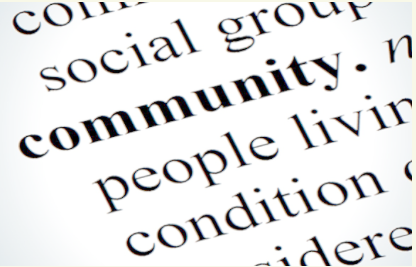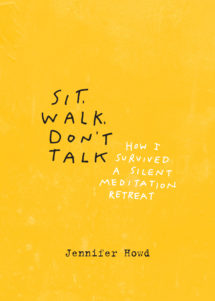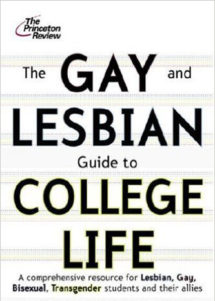Creating Mindful Community
I have something to confess… I’ve been feeling lonely lately. Ever since I got back from the month I spent immersed within the mindful community at The Center for Mindful Learning in Vermont, I’ve noticed the sincere lack of community in my life…
As I contemplate it now, I recognize this as nothing new. I’ve never really felt a true sense of community—at least not a lasting one. Looking back on it, I can pinpoint several reasons why this area of my life has been lacking…
I grew up an only child with emotionally distant parents, in a relatively remote area of New Hampshire. A shy, highly sensitive introvert with ADHD, social anxiety, and a host of other isolating symptoms—”community” was never a word that resonated with me. I mention this, not to play victim to my neurological differences from the norm—but to bring to light that my using it as an excuse to not partake in community needs to change.
I can no longer muscle through my days, pretending I’m some sort of robot who can function autonomously without a broader network of connection and support. A huge part of me has been withering, malnourished, without light. My growth has been stunted. And I’m no longer ok with just surviving. I want to flourish.
In order to do this, it’s clear I need more connection. Rich, substantive, nutritious connection. Connection that doesn’t rely solely upon extrinsic actions like what we can do with and/or for each other, but instead, relies mainly upon what we can trust each other to BE—respectful, honest, reliable, trustworthy, responsible, generous, kind…
“Sangha” is a word in Pali and Sanskrit meaning “association”, “assembly,” “company” or “community.” In Buddhist philosophy, it’s considered one of the three “jewels” or pillars that Buddhists take refuge in, and look toward for guidance. I see the importance of this communal component to my mindfulness practice. But, is there a space for sangha—for community—outside the Buddhist context, within the secular mindfulness movement?
There seems to be a rising number of secular mindfulness practitioners—but a clear lack of facilitated physical spaces for us to commune with one another outside of classes, sits, and workshops. Online mindfulness spaces abound, and I’ve found a sense of community within these spaces to a degree. But there’s a palpable depth of connection that’s lost in virtual environments. Plus, I don’t know about you…. But I spend more than enough time on my computer. Also, as a self-employed creative, I spend a great deal of time on my own at home. When I connect with people, I want face-to-face, we’re-physically-sharing-the-same-space, interaction. And, like I mentioned earlier, I don’t always want that interaction to be contingent upon DOing something together… I’m interested in participating in local, intentional, mindfulness communities where we can convene, not only for formal mindfulness practice—but to practice mindfully BEing with each other.
In searching for mindful community, I recently came across Vietnamese Buddhist monk, teacher, author, poet, and peace activist, Thich Nhat Hanh’s, writings about sanghas in his “New Sangha Handbook: Nourishing Our Practice, Deepening Our Roots, Growing Our Freedom.” I’d like to share an excerpt with you as an example of why I feel mindful community is so important (I took the liberty of secularizing some of the language he uses):
“Alone we are vulnerable, but with brothers and sisters to work with, we can support each other. We cannot go to the ocean as a drop of water—we would evaporate before reaching our destination.
But if we become a river, if we go together, as a community, we are sure to arrive at the ocean…
You need community; you need a brother or sister, or friend to remind you what you already know.
Mindfulness is within you, but it needs to be watered in order to manifest and become a reality.
A mindful community is a community of resistance, resisting the speed, violence, and unskillful ways of living that are prevalent in our society.
In society, much of our suffering comes from feeling disconnected from one another. Being with mindful community can heal these feelings of isolation and separation. We practice together, share a room together, eat side by side and socialize together. Just by participating with other practitioners in life’s daily activities, we can experience a tangible feeling of love and acceptance.
A community is a garden, full of many varieties of trees and flowers. When we can look at ourselves and at others as beautiful, unique flowers and trees we can truly grow to understand and love one another.
One flower may bloom early in the spring and another flower may bloom in late summer. One tree may bear many fruits and another tree may offer cool shade. No one plant is greater, or lesser, or the same as any other plant in the garden. Each member of the community has unique gifts to offer.
We each have areas that need attention. When we can appreciate each member’s contribution and see our weaknesses as potential for growth, we can learn to live together harmoniously. Our practice is to see that we are a flower or a tree, and we are the whole garden as well, all interconnected.
Supported by mindful community, my practice flows easier,
Allowing me to swiftly realize
My great determination to love and understand all beings.”
I want to find/build/receive mindful community, and I’m ready to add this much-needed dimension to my life. So, this is a shout out to all you dedicated mindfulness practitioners out there—I think it’s time for us to find one another and make time for BEing together.
Don’t you agree?…
Do you want to participate in a mindful community? If so, come check out an Eastside Mindfulness Collective event. And say “hi” to us on Facebook.



0 Comments